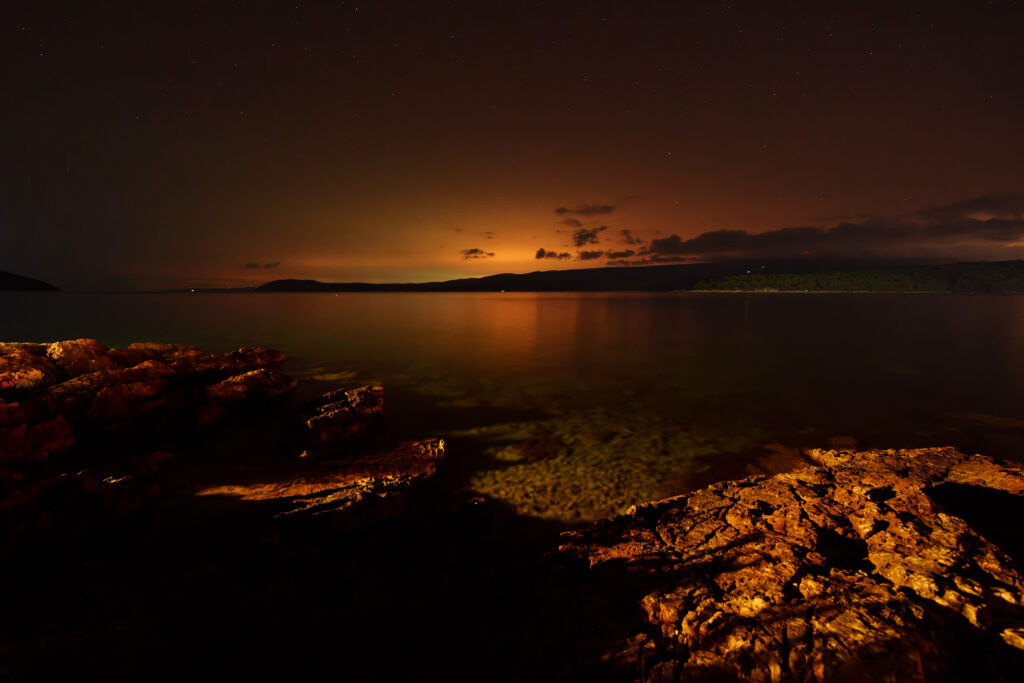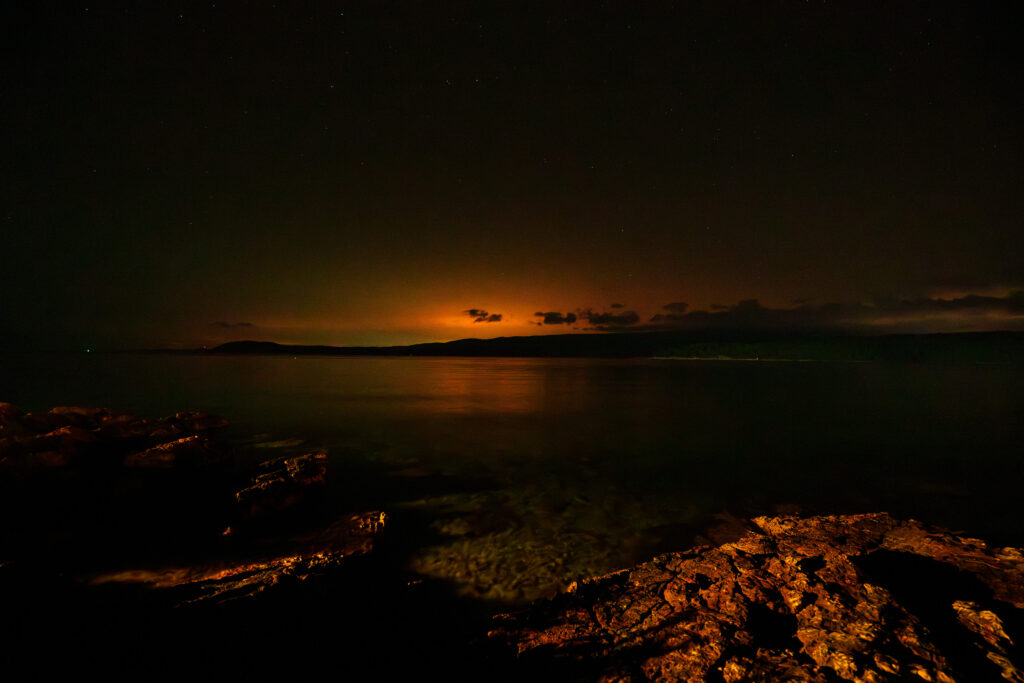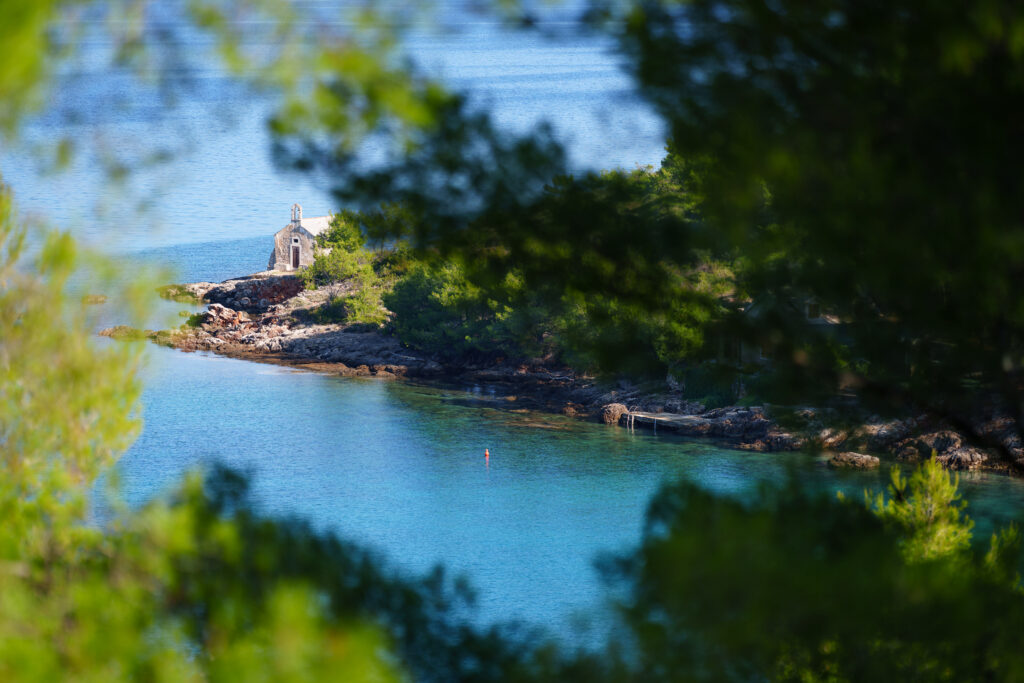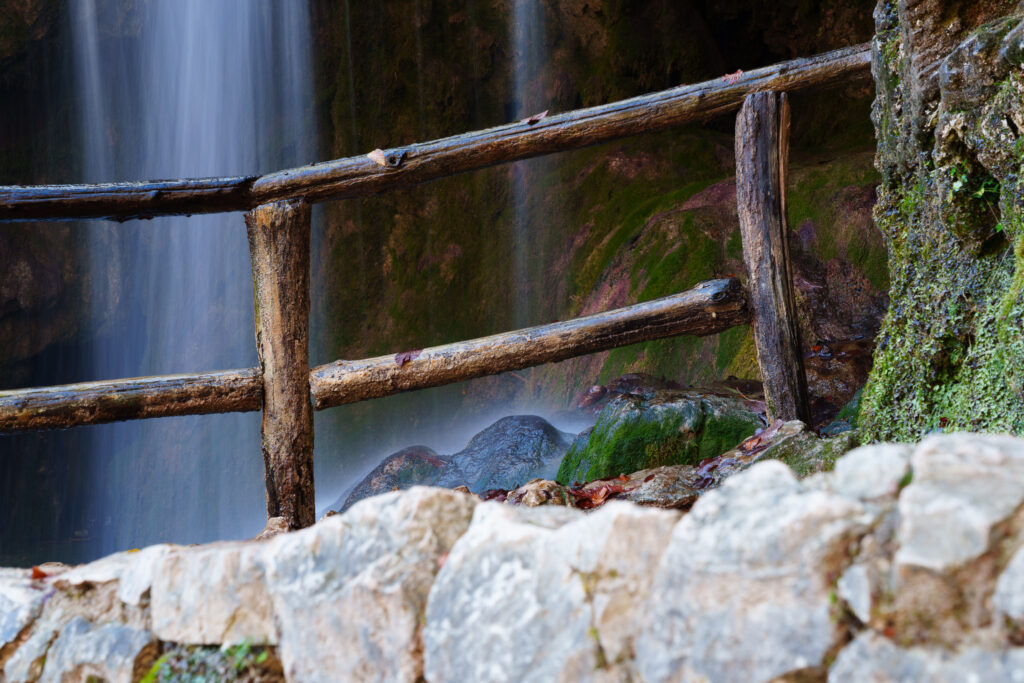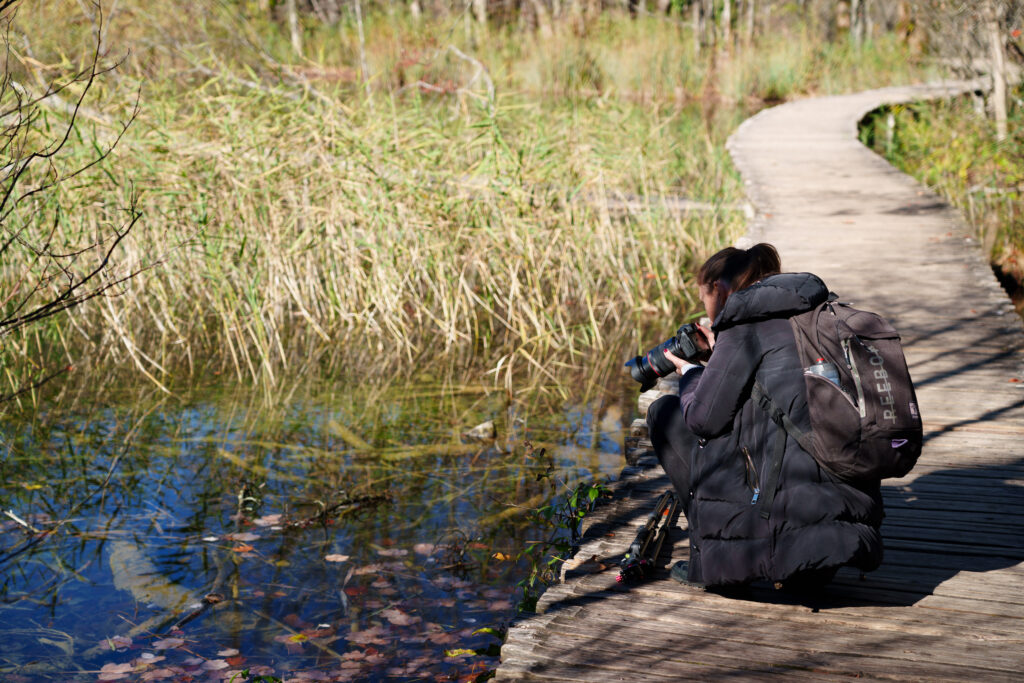I frequently mention spending karma, and I know people have all kinds of ideas about it – from my idiot enemies who think I’m just making it up to rationalise my depression, to others who think all kinds of stuff, from question marks to “it can’t be all that bad since it’s not significantly altering his behaviour and he can write sophisticated stuff under it”.
No, it’s not depression, it’s much worse.
Patañjali defined Yoga as “citta vrtti nirodha“, cessation of the whirlpools/fluctuations in spirit-stuff. It’s a very easy thing to model thermodynamically; high energy molecules are having lots of kinetic energy, and if you imagine them in a container, they are bouncing around each other and the container in form of a gas. As they cool down, they form a liquid, simply because each molecule no longer requires as much space for its bouncing around, so they get closer to each other. As they cool further, they form a solid. This process of cooling down a substance from hot gas to a solid, when applied to mind-stuff, citta, is Yoga.
Translated to spiritual equivalents, all kinds of spiritual disturbance imparts spiritual particles, kalapas, with kinetic energy of sorts, which makes them bounce around and repel other similar particles, creating the opposite of cohesion within one’s spiritual body. At best, it creates weak spots that would fracture under pressure and thus need to be removed before any further growth. At worst, if there’s enough “hot stuff” in your spiritual body, it “explodes”, fragmenting fatally and ending your existence as a singular spiritual entity.
Conventional yogic practice is performed by a person whose spiritual body contains all kinds of issues; low-energy inclusions, fragmentations, and so on. In spiritual language, those are the wrong ideas about things, limiting beliefs, consequences of sinful actions, consequences of other people convincing you of things that aren’t true but you kept believing in them to your own detriment, latent desires, and karmic structures you inherited from your past lives or what not. Essentially, the worst problems are the beliefs that are completely intuitive to you, but are completely false; however, due to your conditioning you don’t want to understand that they are problems, and rather see them as solutions. For instance, someone conditioned in a certain spiritual tradition will see a priest as more holy than a carpenter; that would be simply intuitive, something he doesn’t even test. Of course a priest is more spiritual. However, then you encounter a carpenter by the name of Jesus who says he’s the son of God, and you encounter priests who accuse him of blasphemy, and if you go by your intuition, you end up being one of the guys who spat at Jesus and ridiculed him as he carried his cross to Golgotha. Basically, your implicit, intuitive belief that seemed self-evident got you in a world of trouble. That’s what the problems with karmic makeup look like. If you look at them energetically you see a low-energy inclusion in an otherwise uniform spiritual crystal, but that inclusion is a wrong belief that refuses to go away because it’s something you don’t see as a problem, you see it as one of the foundational components of your correct spiritual understanding. See how that can be a problem? If it’s an obvious problem, it usually has an obvious solution. For instance, you’re lazy, you see it as a problem and you get your shit together. But what if your laziness camouflages itself as detachment from matter, and any attempt to deal with it gets judged and discarded as material attachment? Then you have a problem, and it’s not one that can be easily attacked either, because any attempt to deal with it will face opposition from the deeply internalised wrongly assembled spiritual structures that see the problem as part of any acceptable solution. That’s how you end up with people who resist dealing with their core issues until something fundamental enough happens that shatters their entire core of confidence in their wrong beliefs, and they don’t just remove inclusions in the crystal; usually, the crystal shatters as the inclusion is removed, and is rebuilt from the ground up. In any case, obvious problems that are perceived as problems are easy to deal with. But if a problem camouflages itself as part of the solution process, the person might defend it to the point where the whole structure needs to be shattered.
So, what about karmic transfers, where foreign karmic mass is absorbed by your karmic body in order to make it grow? Well, if Yoga is calming your spiritual mass down, this is anti-Yoga. It’s like having a bowl of cold water with ice slowly forming on top, and mixing it with an amount of boiling water. What happens is that your entire spiritual mass becomes a turbulent mess of strong emotions, strong trouble-causing ideas, and strong emotional pain that wants to hide itself away because it’s too much to bear. To spend karma means to face each of those turbulent thought-emotions, and extract its energy from your system in form of suffering. Basically, to absorb such a wild mess of karma means to experience a karmic regression, to return your system into a past state where it was less cool, less calm, with all kinds of insane turbulences in citta, and if you have enough detachment, discipline and experience, you will gradually go through this mess and process it, eventually returning to your previous state of cool water with ice forming on the surface, only with greater amount of water.
The reason why inexperienced people should never do this is obvious – if you don’t have enough detachment, skill and holiness to begin with, you might lose yourself altogether in the process, and forget that Yoga is a thing. You’ll get angry at this and that, find more reasons to be angry, feed the karmic mess with your own energy and end up growing the problem instead of solving it. If that happens, the boiling mess becomes a bigger boiling mess.
The reason why I say it’s worse than depression is obvious – sure, this is spiritual darkness, because that’s what disturbance of soul-stuff feels like, but spiritual darkness is not just some depressing apathy; it’s anger, hatred, self-righteousness while being completely wrong and inventing all sorts of defensive worldviews for the wrongness, it’s making a religion out of your stupid ideas, and so on. People imagine sin as some kind of a stain on the soul, but it’s much worse than that. Sin is an active thing that defends itself. Sin creates rationalisations why it’s not sin, why it’s other people’s fault, why it’s God’s fault, why you’re a victim persecuted for your righteousness by a cruel unjust God. Sin bitches, moans and whines, it turns you into its servant, into its beast of burden, and that’s what Jesus meant when he said that he who sins is a slave to sin. It’s literally true, and sin would ride you into the ground, until there’s nothing left of you, rather than stop defending itself and admitting that it’s a sin, that it’s a bad thing, that you did wrong, that you thought wrong, and that you need to reverse course and rethink your life from a new perspective. When a sin is easily recognizable as sin, it’s a very easy problem to solve, and your core issues are never like that, which is why it is easy to spend decades and lifetimes dealing with such non-issues, while the actual problems pose as some kind of a glorious past that needs to become your glorious future.
So, Yoga is almost always misunderstood as a technical process of, basically, transforming nondescript energetic disturbance into deep spiritual calm. It’s not how this works, because in order to solve something you can’t keep polishing the surface. Sometimes you need to break the whole thing, because the root cause of your spiritual problems is too fundamental, and you need to suffer the pain of this breakage, and re-grow yourself from dust.
The only difference between a beginner and an expert is that an expert has lots of experience, technical knowledge and detachment that helps them endure the most traumatic parts of this process without going insane or evil. One would expect an expert to be facing only minor imperfections on the surface of their soul structure, but that’s not how those things work. If the imperfections are superficial, they are not an issue and you undergo immediate higher initiation. The reason why you don’t undergo initiation despite being apparently ready are the inclusions of low-energy stuff deep within the structure, meaning that you have fundamental misunderstandings that would require completely reworking your entire soul-structure, worldview and understanding, before you are ready to go forward.

